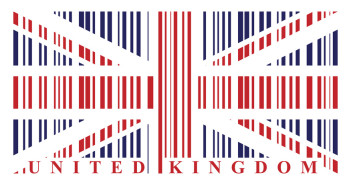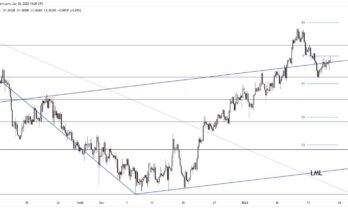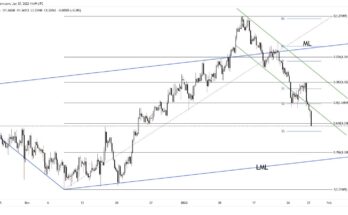The GBP/USD dropped to 10-month lows and got very close to 1.3000. However, after the pair stabilized, it has a lot of support above the round number.
The Technical Confluences Indicator shows that the pair has significant support at 1.3055, the convergence of last month’s low, the Fibonacci 38.2% one-day, the Simple Moving Average 5-4h, and the Bolinger Band 1h-Middle (Standard Deviation 2.2).
Should this line collapse, there is another significant support level 1.3015. This is the confluence of the one-day low, the Pivot Point one-day Support 1, the Pivot Point one-month Support 1, and the Bolinger Band 4h-Lower. Should this line break, it would be a free fall.
Looking up, climbing seems somewhat easier. The pair may be capped around 1.3151 which is the Fibonacci 23.6% one-month and is in close proximity to the Bolinger Band 4h-Middle and the Fibonacci 23.6% one-week.
More robust resistance awaits at 1.3212 which is the congestion of the Simple Moving Average 50-4h, the SM 200-1h, the Fibonacci 38.2% one-month, the Fibonacci 38.2% one-week, and the Bolinger Band one-day Middle.
This is how it looks on the tool:

Confluence Detector
The Confluence Detector finds exciting opportunities using Technical Confluences. The TC is a tool to locate and point out those price levels where there is a congestion of indicators, moving averages, Fibonacci levels, Pivot Points, etc. Knowing where these congestion points are located is very useful for the trader, and can be used as a basis for different strategies.
This tool assigns a certain amount of “weight†to each indicator, and this “weight†can influence adjacents price levels. This means that one price level without any indicator or moving average but under the influence of two “strongly weighted†levels accumulate more resistance than their neighbors. In these cases, the tool signals resistance in apparently empty areas.
Learn more about Technical Confluence



